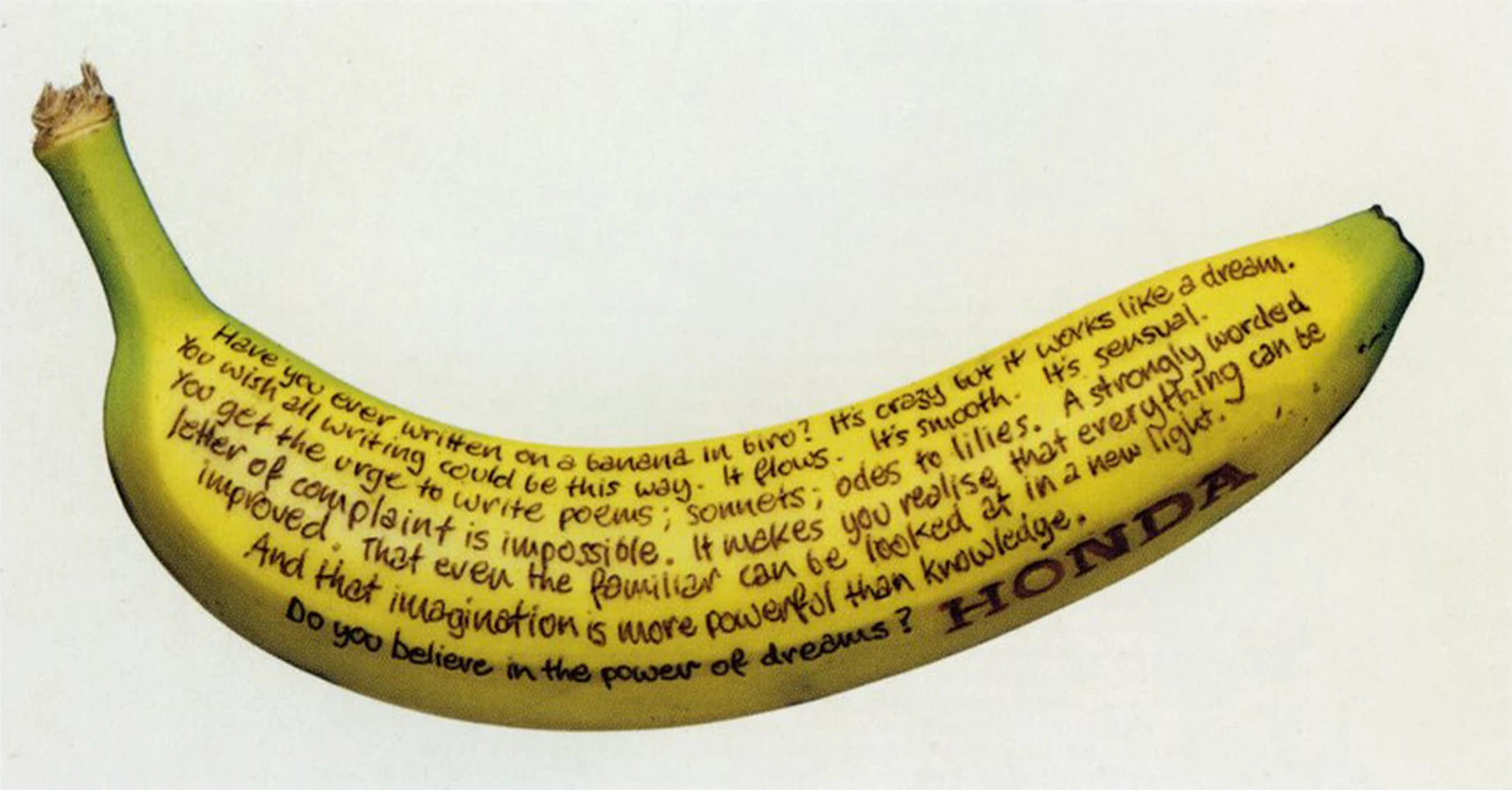
Describing a brand’s tone of voice with just three or four ‘personality adjectives’ often limits those writing for it, when what it should really do is provide some inspiration.

Listen to this, from Russell Davies of Wieden & Kennedy London, talking about how they came up with a planning strategy for their client, Honda.

“We’d embraced best marketing practice, but it was killing all the possibilities; it was sucking the nuance and subtlety out of the culture we’d seen at Honda. And we knew if we were going to build a brand with scale and emotional depth, we would need to embrace complexity.
The conventional branding/planning thinking tools narrowed everything down too much. Propositions. Tone and manner statements. Brand onions. Brand wheels. Values summed up in five words. These are horribly unsubtle weapons. Ad people talk about how brands need to feel like people and then we try and sum them up with a single PowerPoint slide.
'Voice’ was an important idea in developing Honda advertising. ‘Voice’ means more than tone and manner; it means the seamless integration of what you say and how you say it; of strategy and execution.
We wanted to create a visceral understanding of the Honda ‘voice’ before we started making the work. As an inspiration, not a strait-jacket.”


What they ended up with wasn’t a brand wheel or four tone of voice adjectives. It was a book. The ‘Book of Dreams’. Pages of inspirational thoughts, images, doodles and quotations that expressed the Honda voice. It served both as inspiration and direction; idea and execution as one.

In the third and final part of this tone of voice series, we’ll show that you don’t have to write an entire tone of voice book to offer similar levels of creative inspiration.
Article by Mike Fleming, copywriter and brand consultant.

